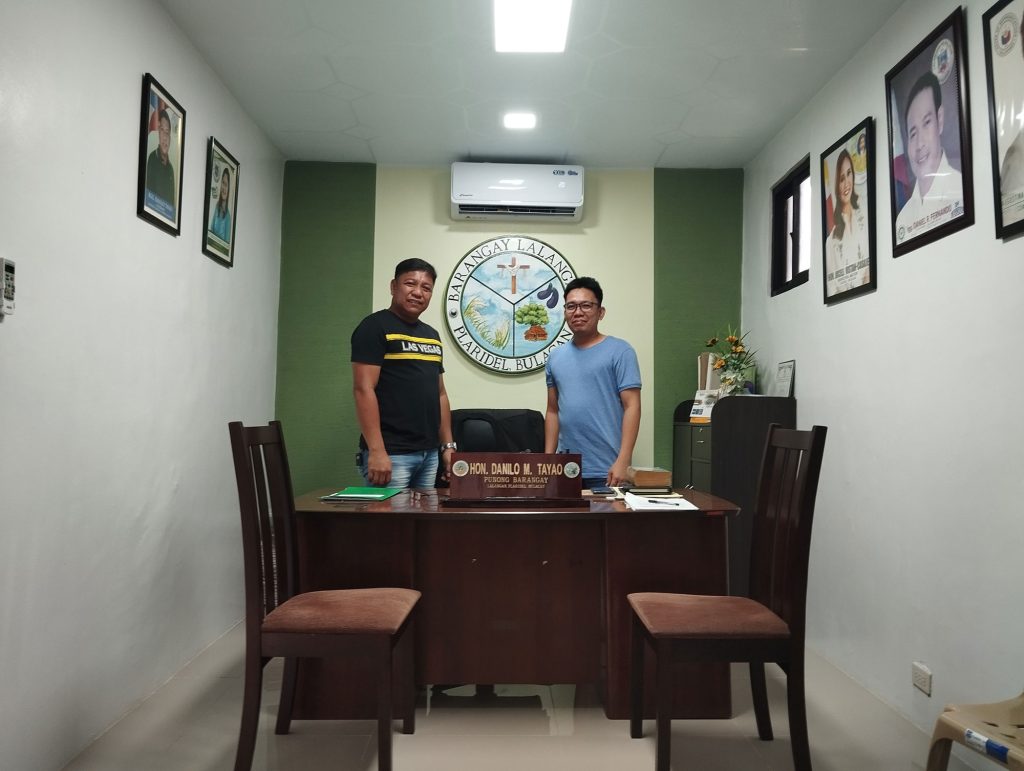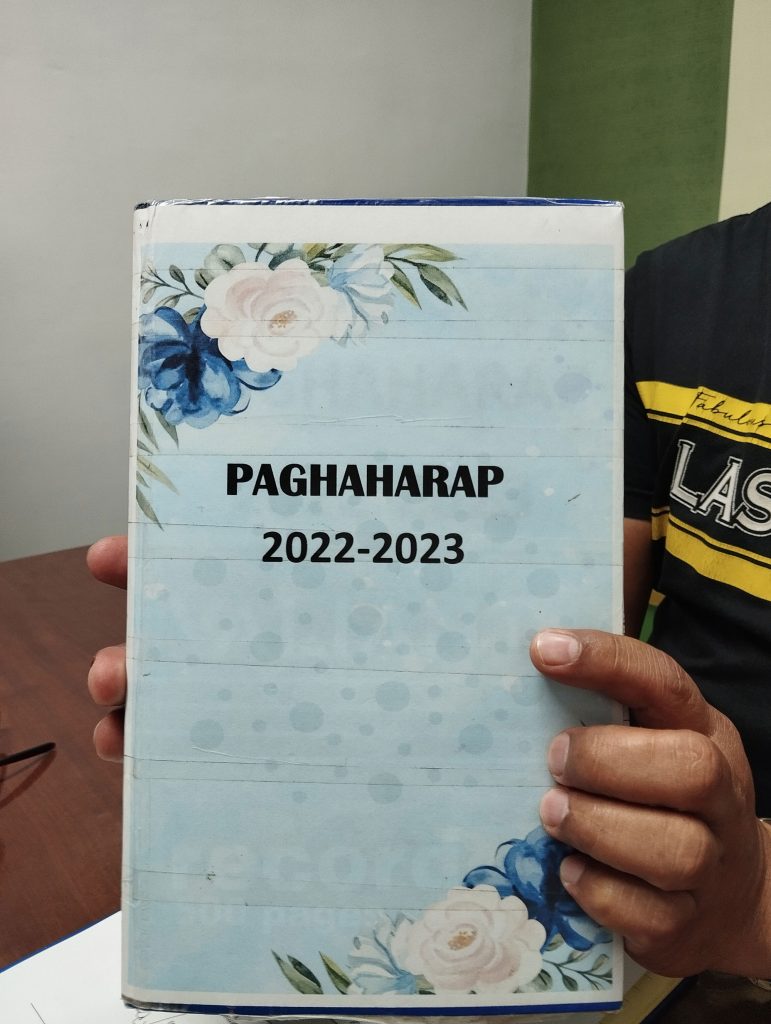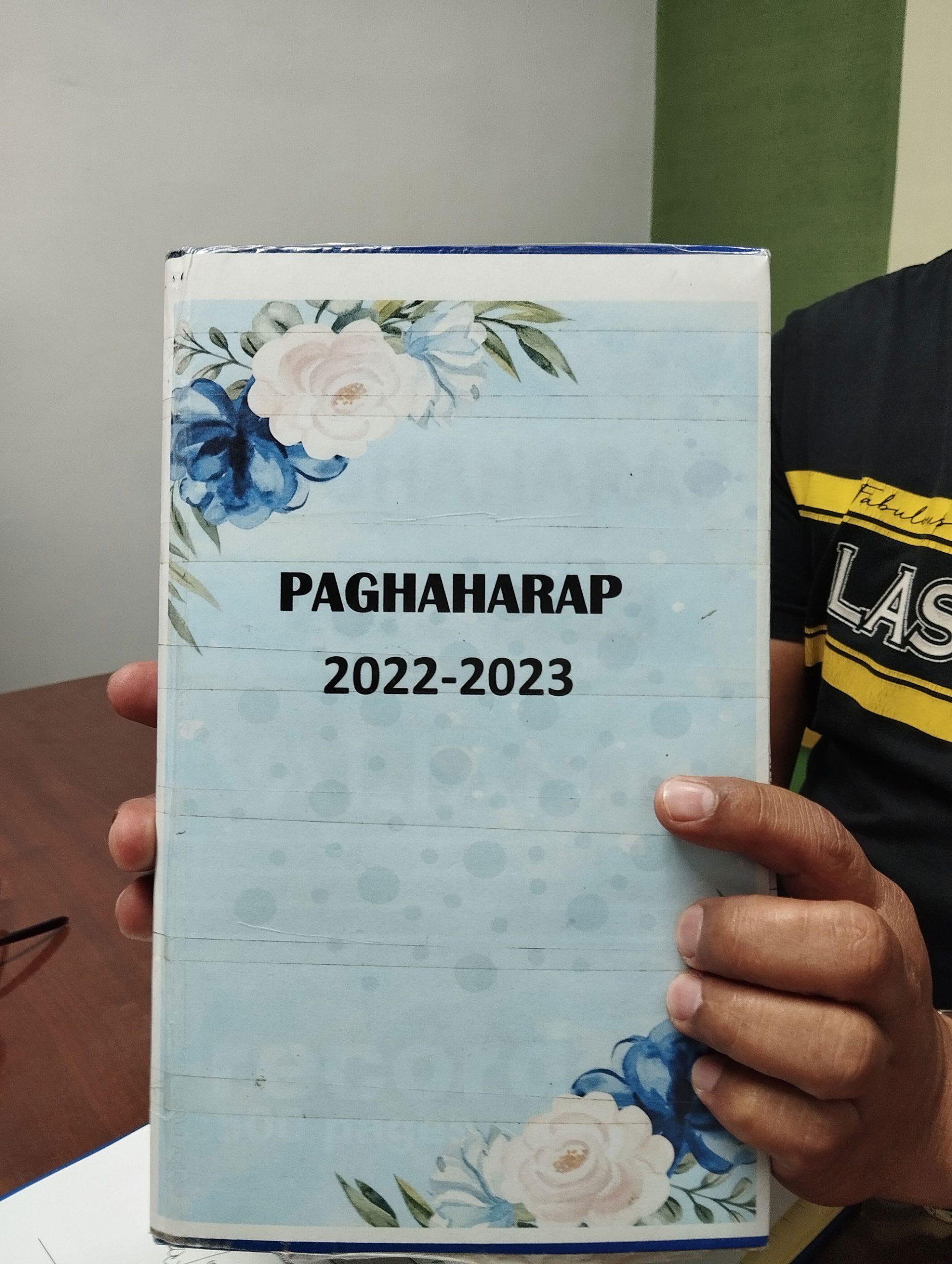In my effort to fully understand the target users of my project, the Barangay Information Management System, I decided to engage with the people in our neighborhood. My family moved here from San Jose in 2024 after my wife and I decided to send my eldest son to JILCSF—his second school.

I had a morning talk with officials from Barangay Lalangan Plaridel, Bulacan last February 18, 2025. My meeting with the Barangay Secretary and Barangay Captain, Mr. Danilo Tayao, shed light on the current state of data management in the community.
About Lalangan
Located near NLEX and Malolos Bulacan, Lalangan is a farming community in Plaridel. Its large land area was used for growing rice and some fruit trees like mango.
According to Philippine government data, Barangay Lalangan has 2,259 residents. However, after the interview, I learned that the number of residents has grown over the past few years.
Progress has caught up with this small barangay. Commercial spaces and a gated subdivision have developed inside what was once a humble neighborhood.
The traditional door-to-door interviews with barangay residents are conducted to collect data. This is done through the community’s “Mother Leader,” a title equivalent to a residential zone coordinator. The barangay officials have done their best to collect and preserve the records. However, physical records—stored in a filing cabinet—pose many challenges. First, retrieving data takes time, as volunteers must sift through folders and files. Second, data loss is imminent and irrecoverable during calamities like floods and fires. Lastly, accuracy can be a problem since handwritten information can be misread.
Mr. Tayao is open to adopting ICT (Information and Communications Technology), recognizing its potential to streamline their services. During the interview, he shared his hybrid work setup, where he uses both his office and home computers to accomplish tasks. He also brings his smartphone to the field, and upon returning, his secretary encodes the information.

A logbook that was used by the Barangay Secretary for recording settlements of complaints and issues of residents in the barangay.
I also had a brief chat with the secretary, who showed me their office—a small room with a computer, a printer, and large file cabinets for storing documents and data. She and Mr. Tayao expressed confidence in using computers and smartphones for their daily tasks. While they may not be experts, simple encoding and printing are straightforward for them.
During the interview, budget constraints were also discussed. I learned that there had been attempts to digitize barangay services, but the high costs of software and licenses discouraged the Lalangan officials from pursuing it. When I asked Mr. Tayao if he remembered the total cost, he said he couldn’t, but with a mild shake of his head, he replied in Tagalog, “hindi kaya”—we cannot afford it.
Design insights
The interview suggests that creating a web service or application could address Lalangan’s data challenges. Given the interviewee’s confidence with desktop and mobile apps, it’s reasonable to assume they can adapt quickly to an e-barangay system, moving away from traditional pen and paper methods. Using open-source technology will also reduce the cost of developing the web application.
The next step involves developing an active prototype and testing it directly with barangay officials to gather feedback. If necessary, the design will be refined and retested until the users’ pain points are resolved.
This will be the direction for the BIMS project moving forward, with the aim of helping to address the challenges faced by residents of Barangay Lalangan. A resource-efficient, cost-effective web application will lead to more efficient and effective government services.
